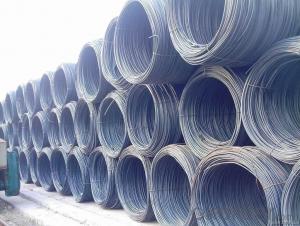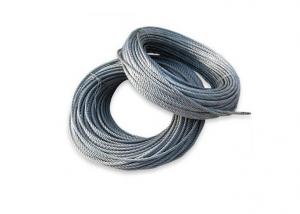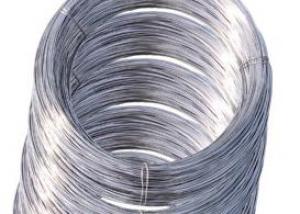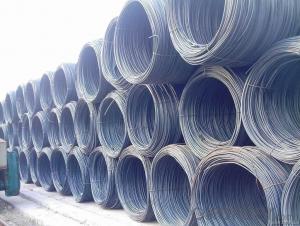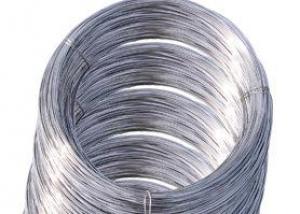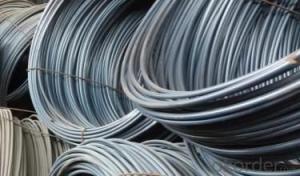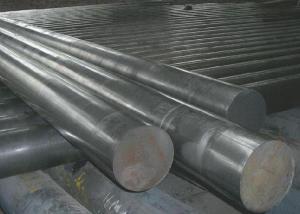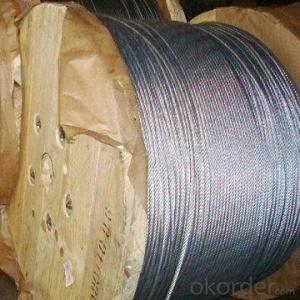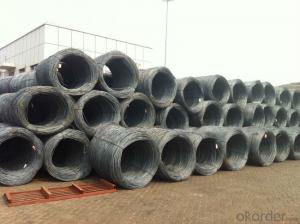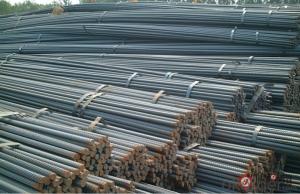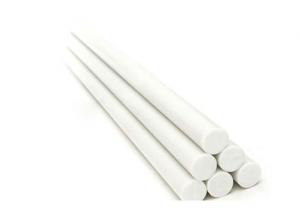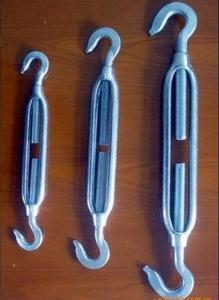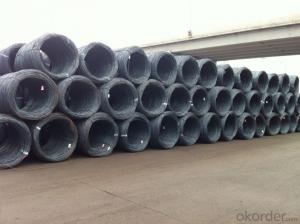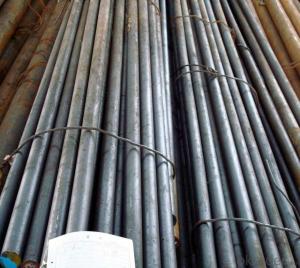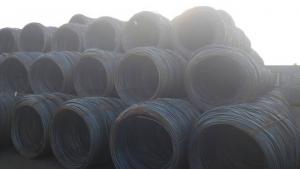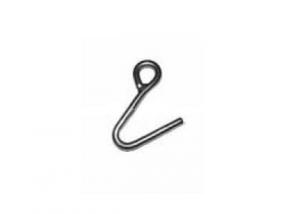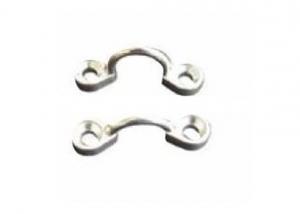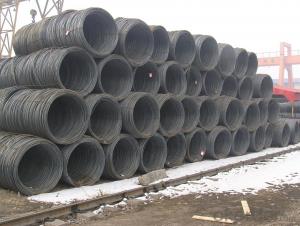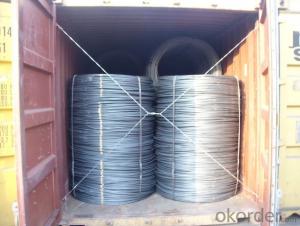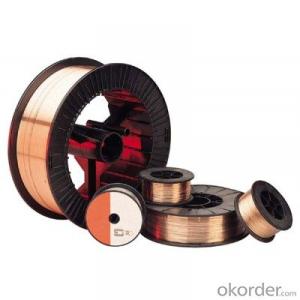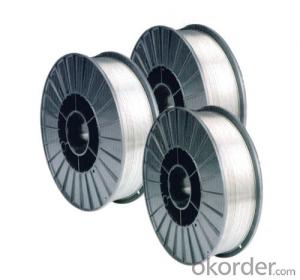Stainless Steel Rods
Stainless Steel Rods Related Searches
Stainless Steel Curtain Rods Stainless Steel Brazing Rods 1 2 Stainless Steel Rod Stainless Steel Studs Stainless Steel Pads Stainless Steel Tig Rod Stainless Steel Guide Rod Stainless Steel Closet Rod 1 4 Stainless Steel Rod Stainless Steel Brazing Rod Stainless Steel Doors Stainless Steel Rod 1 4 Hollow Stainless Steel Rod Stainless Steel 1/2 Rod Stainless Steel Hooks Stainless Steel Filler Rod Stainless Steel Hoops 316 Stainless Steel Rod Stainless Steel Wires Stainless Steel Rolling Racks Stainless Steel Razor Blades Stainless Steel Straps Stainless Steel Pipes Stainless Steel Racks Stainless Steel Brakes Stainless Steel Metals Stainless Steel Tubes Stainless Steel Bars Stainless Steel Electrodes Stainless Steel StripsStainless Steel Rods Supplier & Manufacturer from China
Stainless Steel Rods are a type of metal product known for their durability, corrosion resistance, and strength. These rods are made from stainless steel, an alloy that contains a minimum of 10.5% chromium, which gives it its characteristic corrosion resistance. Stainless Steel Rods come in various grades, sizes, and finishes, making them suitable for a wide range of applications.Stainless Steel Rods are extensively used in industries such as construction, automotive, aerospace, and food processing due to their high strength, durability, and resistance to corrosion. They are ideal for applications where high levels of hygiene and cleanliness are required, such as in the food and beverage industry, or where exposure to harsh environments is common, like in marine applications. Additionally, these rods are utilized in the manufacturing of various components and structures that require high tensile strength and resistance to wear and tear.
Okorder.com is a leading wholesale supplier of Stainless Steel Rods, offering a vast inventory of high-quality products to cater to the diverse needs of customers. With a commitment to providing top-notch service and competitive prices, Okorder.com ensures that customers receive the best value for their money. By partnering with reputable manufacturers, Okorder.com guarantees that the Stainless Steel Rods they supply meet the highest industry standards and are suitable for various applications.
Hot Products

